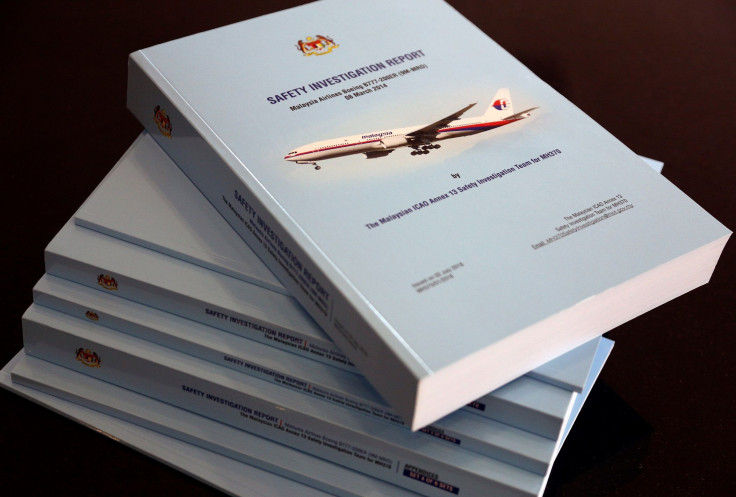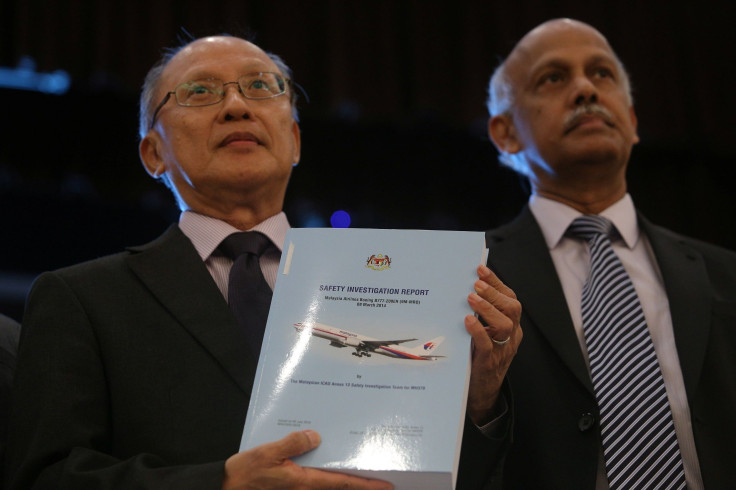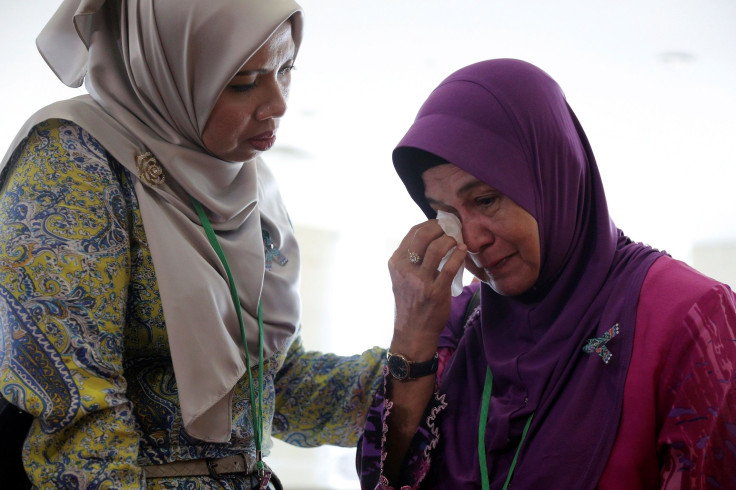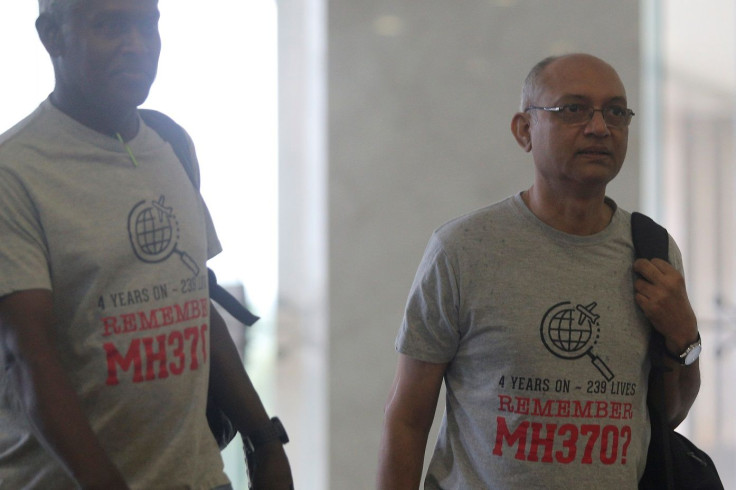MH370 the final report is still not final: Nothing new revealed

The final report into the disappearance of the Malaysia Airlines Flight 370 has revealed nothing new. On Monday, the Malaysian Government held a press conference for the families of the victims of MH370 to read the investigators’ conclusion.
Chief investigator Kok Soo Chon said all evidence gathered pointed to undeniable conclusion that the doomed flight was deliberately flown out into the Indian Ocean. The plane disappeared on March 8, 2014, within minutes after it took off from Kuala Lumpur International Airport. It was en route to Beijing Capital International Airport. All 227 passengers, including four Australians, and 12 crew on board had been presumed dead.

Manual control
The investigators have established that the aircraft had turned back, and the turnback was not because of anomalies in the mechanical system because it was not made under autopilot.
“The autopilot had to be disengaged,” Kok said, adding that the first air turn back tracked by civilian and military radar was made under manual control. “It has to be on manual. We have carried out seven simulator tests, flight simulators, three at high and four at low speed, and we found the turn was made indeed under a manual, not autopilot.”
Kok said the investigators could not established, however, if the two turns made later over the south of Penang and the north of Mekar were made on autopilot or manual control. As for the theory that MH370 was taken over by remote control, Kok said there was no evidence to support this. But again, they couldn’t “exclude the possibility that there was unlawful interference by a third party.”
Respected pilot
As for the pilot, 53-year-old Captain Zaharie Ahmad Shah, he was the first person examined in the investigation. He was married with three children and had 18,000 hours of flying experience. He had no history of mental or psychiatric treatment and no evidence that he had conflict issues with friends or family. There was also no proof of drug use or troubled relationship with family members. The recordings from the flight did not detect stress or anxiety from him, and there was no evidence that he was under financial stress.
There had been an in-flight home simulator found in the home of the pilot, but Kok said there was nothing suspicious with this because the simulator was “game-related.”
The home flight simulator was seized from Zaharie’s home in 2014. Investigators discovered then that it had seven custom coordinates that plotted a course form Malaysia to the Indian Ocean. But now investigators said that there were no proof from the simulator that the crash was deliberate.
Confirmed wreckage found
Over the course of investigation in four years, there had been 27 pieces of wreckage found believed to be from the missing aeroplane. However, only three have been confirmed as parts of MH370. These were the debris found in the eastern coast of Tanzania and the eastern coast of South Africa.
Lithium batteries exploding theory
There had been a persisting theory about the large number of lithium batteries onboard the flight that could have been the reason of a fire in the cargo hold, if there was indeed fire on the plane. However, Kok said lithium batteries were common cargo on flights. “We have no found any irregularities in the packing process,” he said.
Conclusion
Kok said the investigators have concluded that MH370 deviated from its course and it was likely as a result of system anomalies. However, the first air turnback was under manual control. The aircraft was well-maintained and had no malfunction or defect.
Ho Chi Minh made a mistake when they did not notify Chinese authorities earlier when the plane did not make contact. The pilot and the co-pilot, First Officer Fariq Abdul Hamid, were both well-rested, not under anxiety or financial stress.
Unfortunately, the investigators were unable to determine “with any certainty” why the plane diverted from its route.
Kok said, “The team is unable to determine the real reason for the disappearance.” He added that although the report was called the “final report,” he said it was still not a final one because the victims and the bulk of the wreckage were still not found.
“The answer can only be conclusive if the wreckage is found,” he told a reporter who asked if the families of the victims would ever get conclusive answers. “As far as our team is concerned, our work is done, we have released the report.”
Nothing new was revealed
The Malaysian Government’s report did not reveal “anything new or earth-shattering,” according to Grace Nathan, the daughter of one of the victims. She told the Guardian that the report did not draw conclusions or assign blame, and these were all already known to the families.
The families were not satisfied as well. “Four years on, we are none the wiser,” one of them said about the inconclusiveness of the report.









